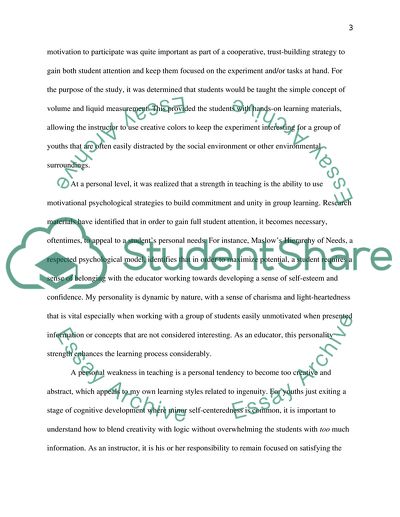Cite this document
(The Educator in Theory and in Practice Assignment, n.d.)
The Educator in Theory and in Practice Assignment. Retrieved from https://studentshare.org/education/1740102-teaching-methods-and-practices
The Educator in Theory and in Practice Assignment. Retrieved from https://studentshare.org/education/1740102-teaching-methods-and-practices
(The Educator in Theory and in Practice Assignment)
The Educator in Theory and in Practice Assignment. https://studentshare.org/education/1740102-teaching-methods-and-practices.
The Educator in Theory and in Practice Assignment. https://studentshare.org/education/1740102-teaching-methods-and-practices.
“The Educator in Theory and in Practice Assignment”, n.d. https://studentshare.org/education/1740102-teaching-methods-and-practices.


